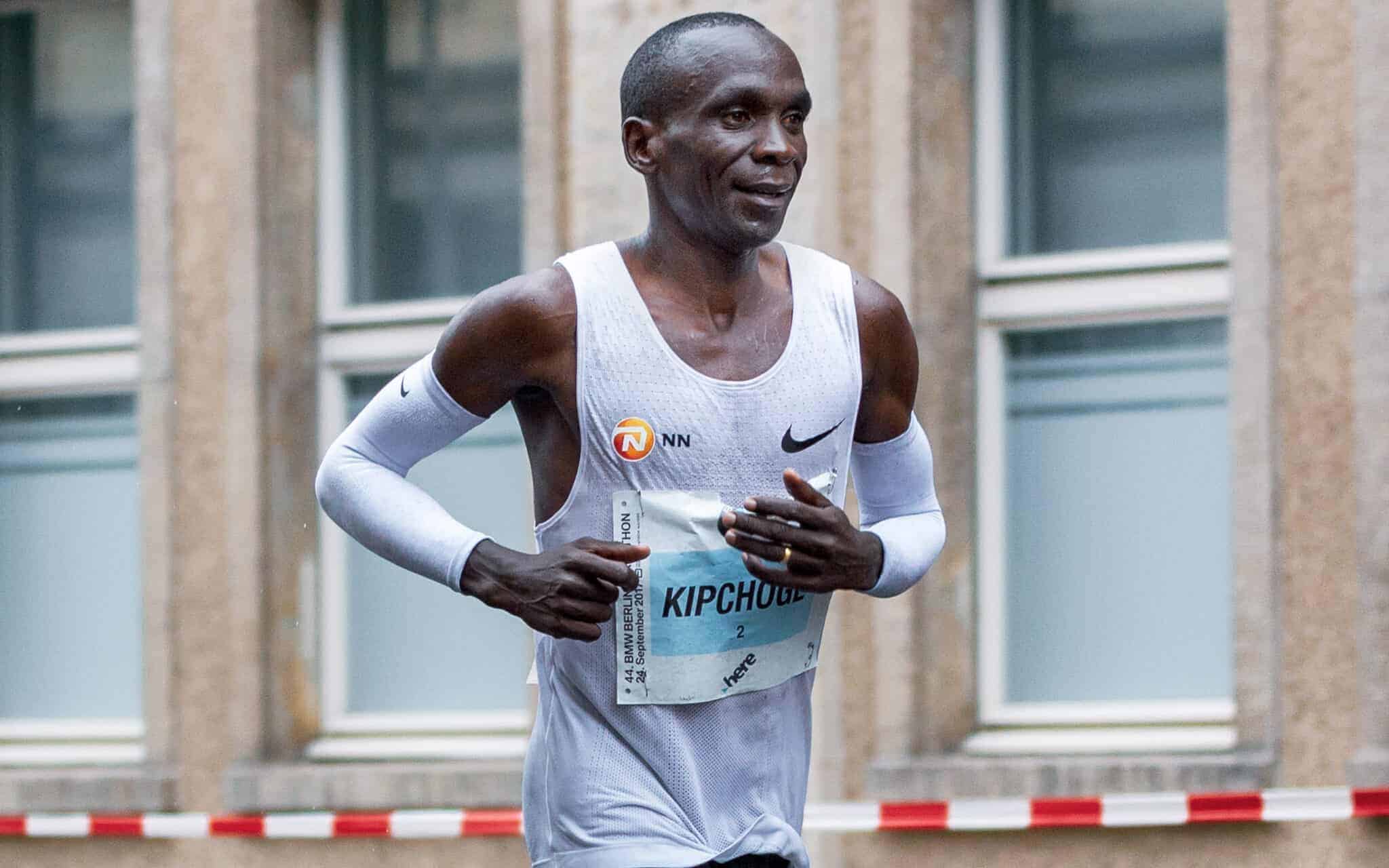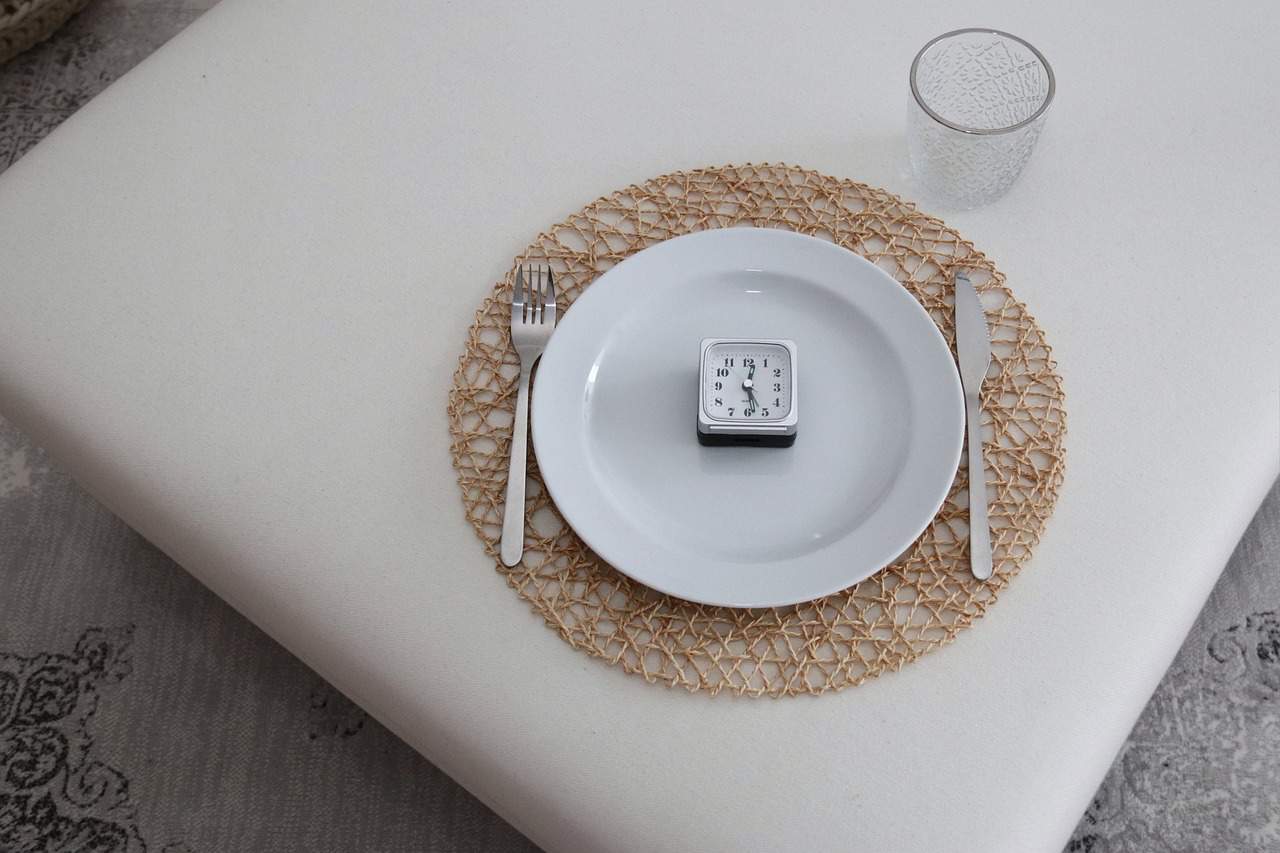
Maryke is the Lead Physiotherapist at Exakt Health, an app for running injury treatment and prevention. She began her journey with Exakt Health after founder, Philip, trained for and ran an ultramarathon and sustained running injuries that no physician had been able to identify or treat. She diagnosed his injury remotely, which became the inspiration for Exakt Health. You can download the app for free here. This interview has been condensed for readability.
HalfMarathons: Tell us about your history with running and running injuries.
Louw: There’s this perception that “if you’re fit, you can run.” But having fitness in swimming is not the same as fitness in running. The only way to get endurance in running is to run. At the beginning of my own running journey, I didn’t understand this and I was getting injury after injury.
The process of running is sustaining micro-damage, and allowing your body to repair itself stronger. Training too quickly means micro-damage only accumulates and never rebuilds.
It’s normal to think of cardiovascular capacity as “fitness” but running fitness is about getting your muscles, ligaments, tendons and tissues used to running activity. The more history your body has with it, the faster it can recover. That’s why elite athletes can train 10 days in a row and still recover. If you’re not an elite runner, a recovery run is still a training run if you don’t have the fitness for it.
HalfMarathons: So, let’s talk about running injuries and start with some myths. Is running bad for your knees?
Louw: As humans, we make a lot of decisions based on whether things make sense to us. If it’s plausible it must make sense! Running looks like it’s bad for the knees, so it must be!
Simply, running is a high impact activity. Some people get knee pain when they run. But, research shows that if you’re predisposed to osteoarthritis (wear and tear arthritis), running can actually protect you from it. Running is bad for your knees if you start running fifty miles a week and your muscles have not been strengthened to absorb the force.
High impact means six to eight times your bodyweight is put on your legs while running. If you apply that type of force to your legs suddenly after never applying any force to them before, then yes, it can be bad for your knees. You also build resilience in your knees using strength training plans.
HalfMarathons: What about barefoot running? Does that help with injury prevention?
Louw: There are some athletes who can do it. There was an athlete Zola Budd from South Africa who trained in shoes and raced barefoot. In Ethiopia, they train barefoot and race in shoes. I don’t think you can get away with high volumes of running on hard surfaces (like pavement) if you don’t cushion your feet.
HalfMarathons: If you had to boil down three principles to running injury free, what would you recommend?
Louw: One: Think about what you’ve done in the last four weeks and plan your next four weeks. Sudden increases in miles run can lead to running injuries. Some runners can get away with a 20% rule, but a 10% rule is the safest. The 10% rule is: don’t increase your mileage more than 10% of the previous week’s volume. Two: Don’t pursue high intensity running too quickly. Build in a recovery week every third or fourth week. Get into the habit of bringing the intensity and volume down in that week. That means in that week you should do no high intensity runs and take all your long runs and make them shorter. Don’t push any limits. Three: You’re 90% of the way there. The last portion is: if you’ve not been running at all before, incorporate strength training. If you have been running before, focus on your nutrition.
HalfMarathons: What are the best practices for speed workouts? Should we do them?
Louw: For a first time marathoner, I would recommend you don’t do any speed work. If you’ve done a few marathons and have kept up your distance for a year or two and have good endurance, I would lean towards tempo runs rather than track sessions. Tempo runs are sustaining short, faster, race-style pace within a longer run.
HalfMarathons: Let’s say you needed to recommend 3 exercises per day to stay injury free – which three would you pick?
Louw: Here’s the three at home exercises I would recommend:
- Bridge: Single-leg high bridges that target your hamstring for the posterior chain.
- Squat: Start with a double leg squat and work up to a single leg box squat. The single leg will take you some time to build your stability. You may need to hold onto a chair or the wall on the way down. You want to work up to 15 to 20 repetitions.
- Calf Raises: These strengthen your achilles tendon.
Don’t start with strength training exercises in the gym if you’re not used to it. If you start strength training while increasing your weekly mileage, it will put too much load on your legs. If you’re going to start at all, do it when your training has low mileage.
Another tip, never do a run session after strength training. Running is a much more complex activity that you’re more likely to get injured if you don’t have the strength in your legs after a gym session.
HalfMarathons: How important is running form to staying injury-free?
Louw: One of the top Kenyan runners has the worst running form you’ve ever seen and she won the London Marathon. It’s just the way that her body is built.
The only research that shows a certain running form is an issue is overstriding – where your foot falls in front of your knee on landing. Overstriding acts like a braking force. The solution to overstriding is usually to increase your cadence, or steps per minute. The overstriding issue is why running form experts will tell you to run with your foot underneath your flexed knee.
My opinion is that running form is the very last thing I will touch on and it’s easier to tweak little things here and there.
I have a love-hate relationship around “cadence.” My default cadence is 155, if I try to make it any higher, I might die! I wouldn’t mess with those things unless there’s a real reason.
HalfMarathons: How should someone approach running after being injured? Are there standard wait times? Strength tests? Just start with slow, short distances and see if they feel better?
Louw: It varies per injury. It can be really difficult to give one blanket solution. I had to really break down all the essentials when it came to Exakt Health.
Most running injuries require relative rest. You don’t stop all your activities, but you have to be honest with yourself about what increases paid and what doesn’t. It’s also helpful to look at what increases the symptoms you’re seeing the next day. Endurance athletes tend to not have great pain perception. If you’re not seeing progress in your relative rest and rehab program, you might have to stop running for a couple of weeks.
You also have to be very mindful when reentering training. If, during your time off from running, you’re doing cross-training and you try to jump right back into running – you’ll be injured again. You have strength but not the type of strength you’ll need to pick right back up running again. A run-walk program will help you as though it was a strength-training running program.
Be very scientific about your recovery. Write down what mileage you are doing by week. Follow strength training and injury-avoidance protocols like we’ve developed at Exakt Health.
HalfMarathons: What about stretching before and after running?
It matters, but not as much as people want you to think about it. There is a group of Australian researchers who did a research study on stretching. There are past studies that claimed to show that static stretching is bad for you. But, if you read the actual report, that’s only if you’re holding the stretch for more than 2 minutes, then immediately testing your strength. That isn’t a normal way that anyone stretches!
If you only hold a stretch for 40 seconds or less, or do dynamic stretches, it’s great for a running warm up.
Flexibility doesn’t prevent running injuries, but a lack of mobility does cause running injuries.
HalfMarathons: What’s something under $100 you would recommend to a runner?
A good pair of shoes or a running watch to keep track of your pace and miles accurately.
HalfMarathons: If you could put something on a billboard for all runners – what would it say?
Don’t be an idiot! Just kidding.
Run with your head, not your heart. Sometimes our hearts get excited and want to go further, faster. Follow a training schedule, download an app like Exakt Health, and you’ll be fine.
To sum up what I’ve seen through the years – with running there’s always exceptions to the rules. This is why you should get personalized programs for injury prevention and injury treatment.





